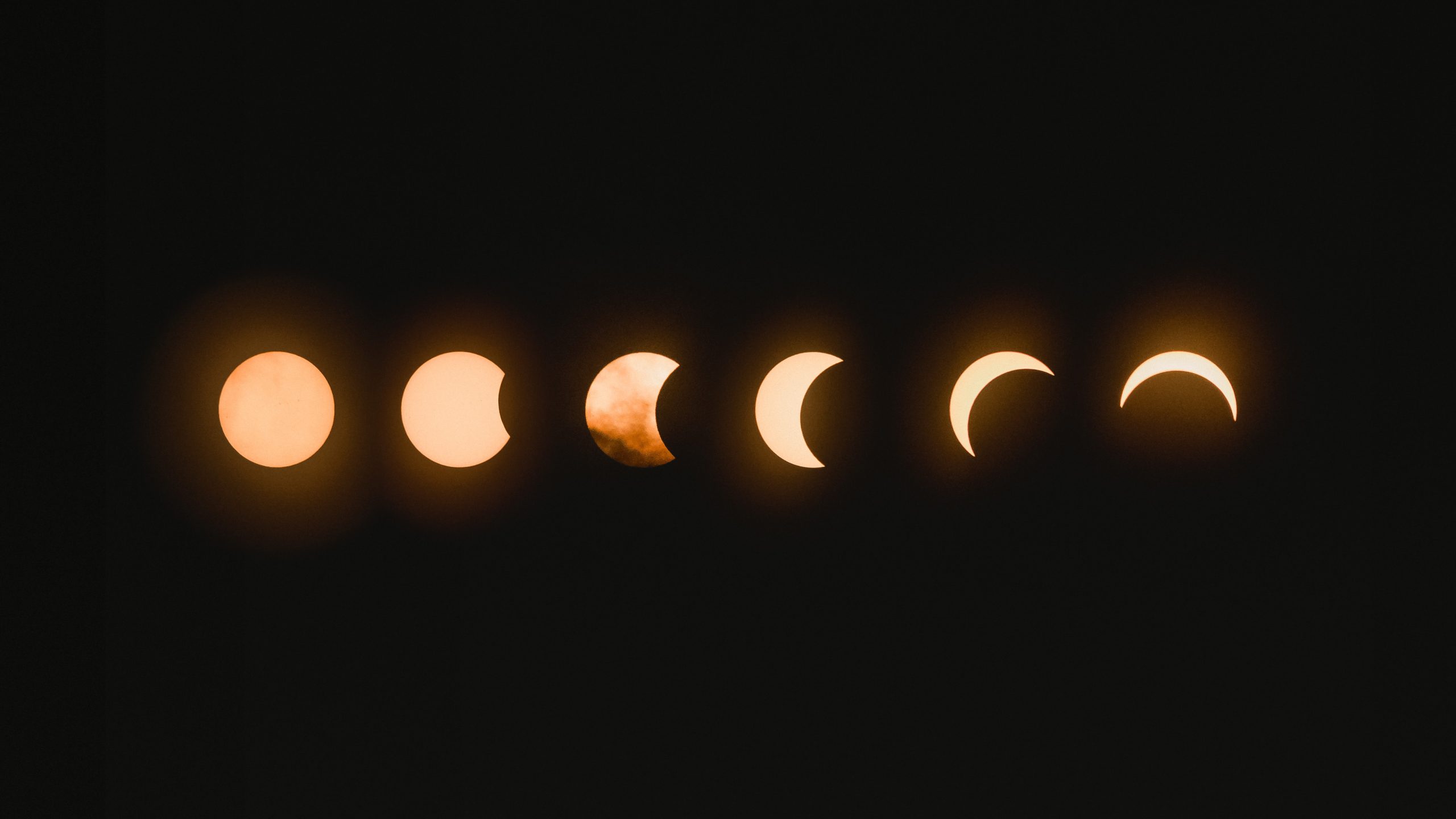Why are Wolves Associated with the Moon?
Wolves have long captivated our imagination and fascinated us with their mystique. These majestic creatures have often been associated with the moon in various mythologies, folklores, and even popular culture. But why is there such a deep-rooted connection between wolves and the moon? In this blog post, we will delve into the historical, cultural, and biological reasons behind this intriguing association.
Mythology and Folklore: The Lunar Connection
Across different cultures, wolves have been symbolically linked to the moon. Let’s explore some of the most prominent mythological and folkloric references:
1. Ancient Native American Tribes
For many Native American tribes, the wolf was considered a powerful and sacred creature. The connection between wolves and the moon was prominent in their belief systems. The Zuni tribe believed that the moon is the guardian of wolves, and some tribes associated the wolf with the moon as a keeper of balance between night and day.
The Lakota Sioux, a tribe native to the Great Plains, associated wolves with transformation and considered the moon as a guide for the wolf spirit. This connection emphasized the wolf’s ability to navigate through the darkness of night, just as the moon illuminated the night sky.
2. European Folklore
In European folklore, wolves were often portrayed as nocturnal beings, associated with the darkness of the night. Notably, in Norse mythology, Fenrir, a monstrous wolf, was believed to be the son of Loki, the trickster god. Fenrir’s existence was prophesied to be tied closely to the moon, as it would eventually devour it during the apocalyptic event of Ragnarok.
Similarly, in Romanian folklore, a creature called the Vârcolac, believed to be a werewolf, was said to roam under the moonlight, transforming into a wolf-like creature. This connection between humans-turned-wolves and the moon showcases the embodiment of the wildness associated with both.
The Natural Connection: Wolves and Nocturnal Behavior
While mythology and folklore play a significant role in associating wolves with the moon, there are also natural and biological reasons for this connection. Wolves are highly nocturnal animals, spending most of their active hunting and socializing time during the night. Their keen senses and adaptations make them well-suited for the dark.
Image source: Unsplash
Their exceptional night vision, ability to hear even the faintest sounds, and highly developed sense of smell allow them to navigate and hunt efficiently in low-light conditions. Consequently, wolves often become more active and vocal during the night, which further solidifies the connection with the moonlight.
In addition to their nocturnal behavior, wolves are known to howl at the moon. Howling is a crucial communication method for wolves, allowing pack members to locate and reunite after hunting or to alert others of potential dangers. This vocalization, which can carry impressive distances in the quiet of the night, has led to the perception that wolves are inherently linked to the moon.
Popular Culture: Reinforcing the Association
The connection between wolves and the moon has been perpetuated and reinforced through various forms of popular culture. From literature and art to movies and music, wolves are often depicted in association with the moon. One such prominent example is the widely recognized image of a wolf howling at the moon, which has become a popular symbol for strength, independence, and primal wilderness.
Additionally, werewolves, fictional creatures that possess both human and wolf attributes, are deeply ingrained in popular culture. These mythical beings often transform into their wolf-like selves during a full moon. Werewolf stories, prevalent in literature and movies, have contributed to the enduring link between wolves and the lunar cycle.
In Conclusion
The association between wolves and the moon has been cultivated through centuries of mythology, reinforced by the natural behavior of these magnificent creatures, and perpetuated by popular culture. While some connections have clear cultural and historical origins, others are rooted in the biological characteristics of wolves.
Whether perceived as guardians of the night, keepers of balance, or symbols of the wild, the enduring fascination with this connection continues to inspire art, literature, and the human imagination.
So, the next time you gaze at the moon or hear the distant howl of a wolf, remember the ancient bond that unites these mystical creatures.
Table of Contents
